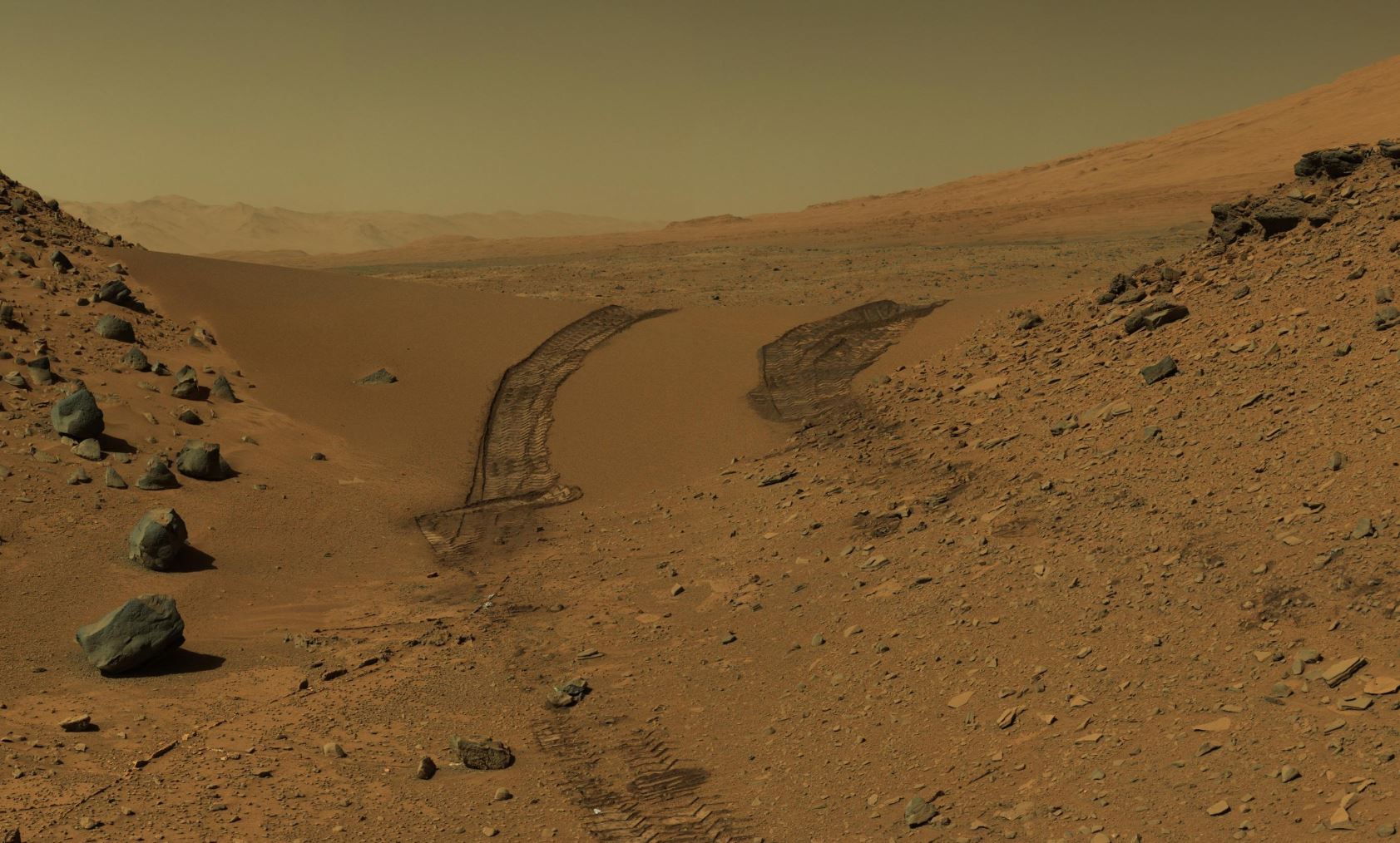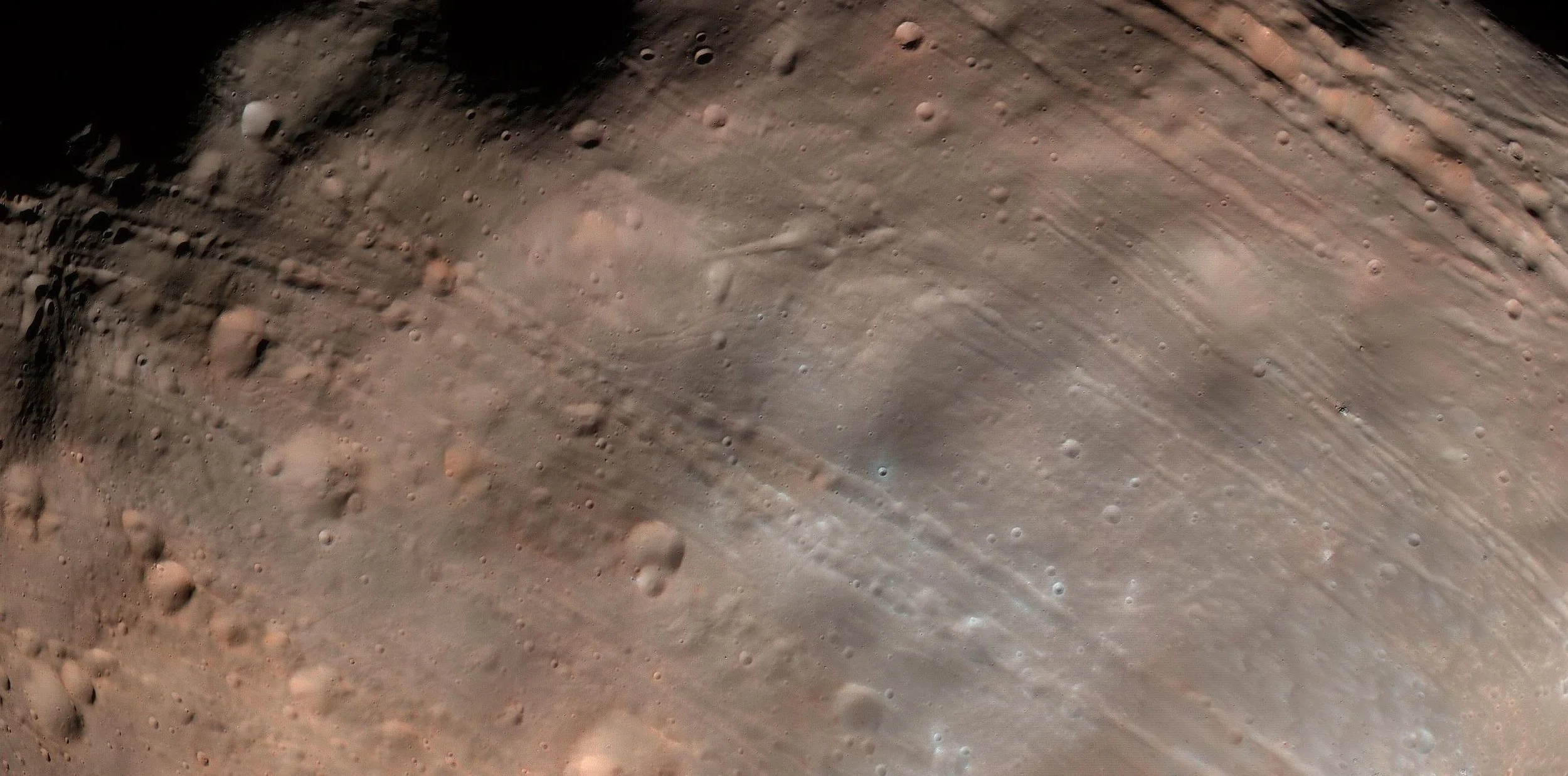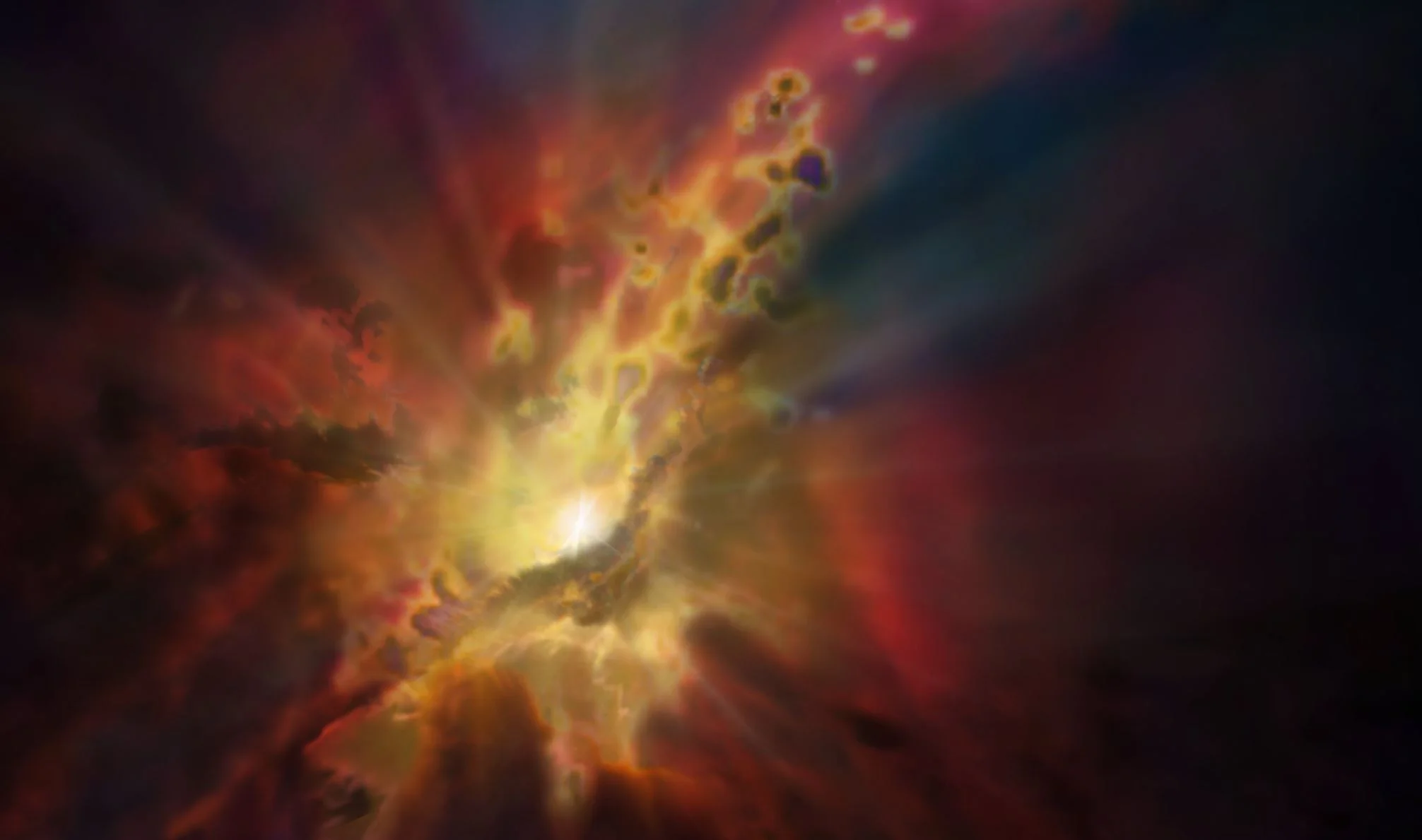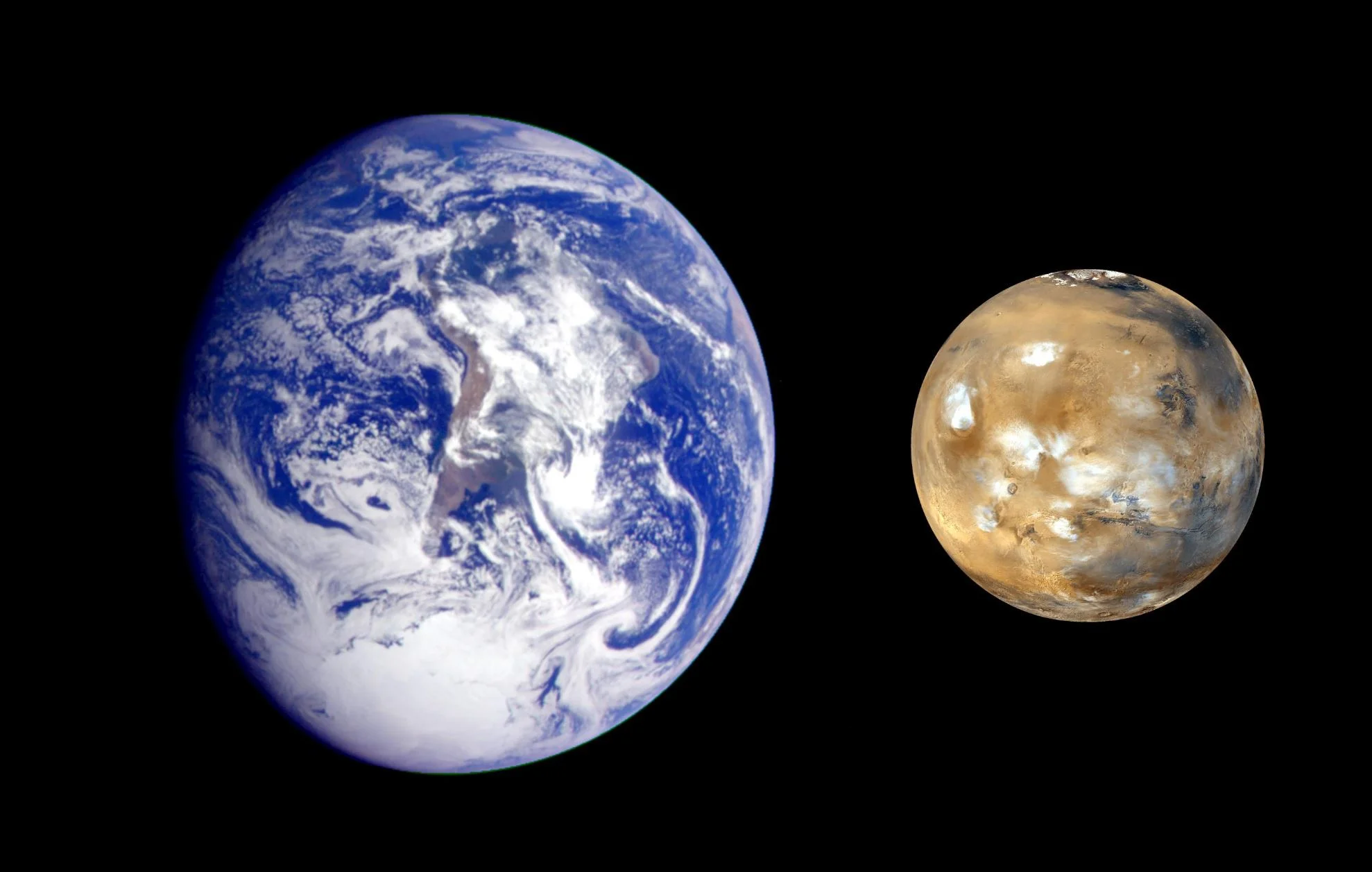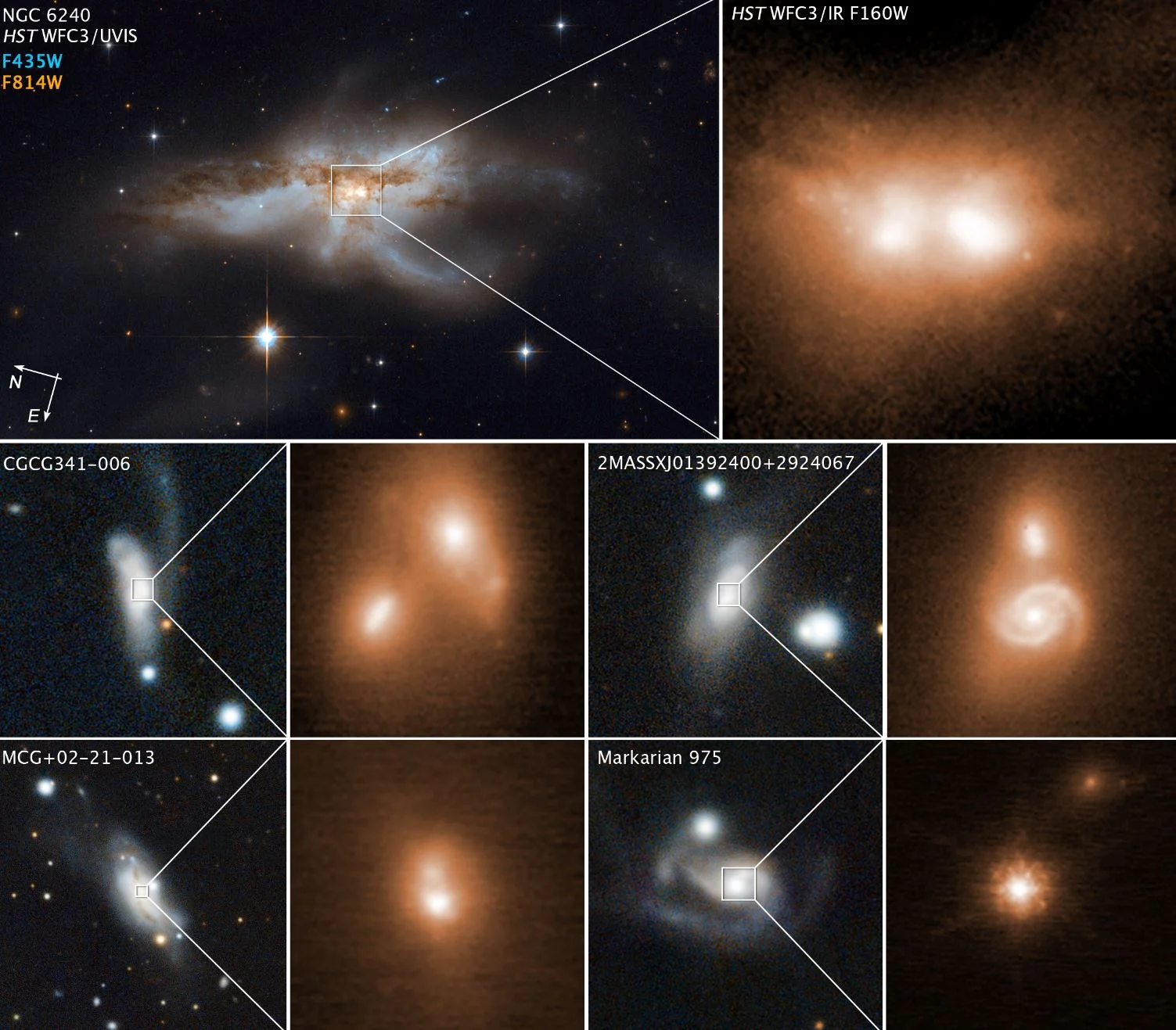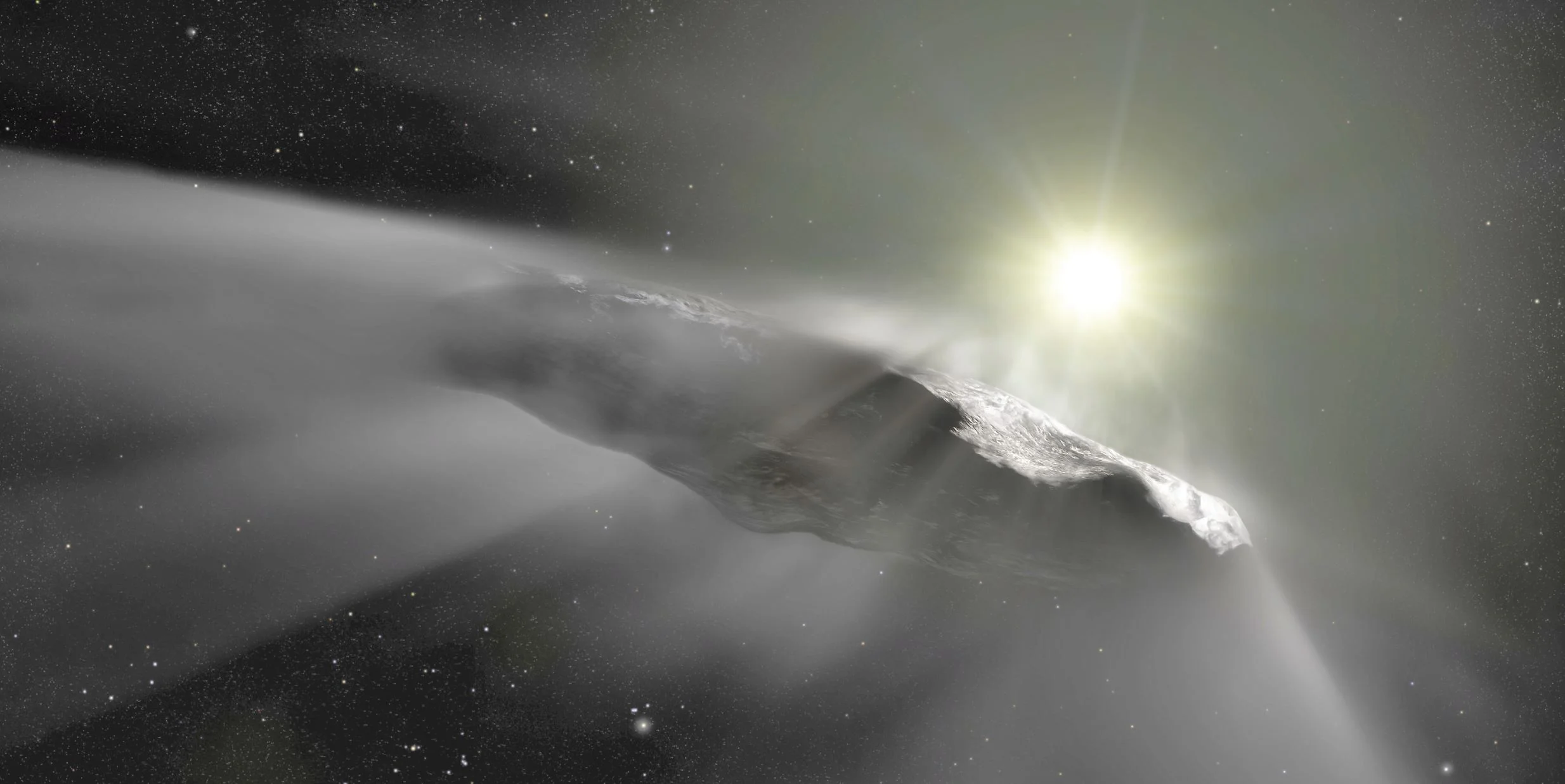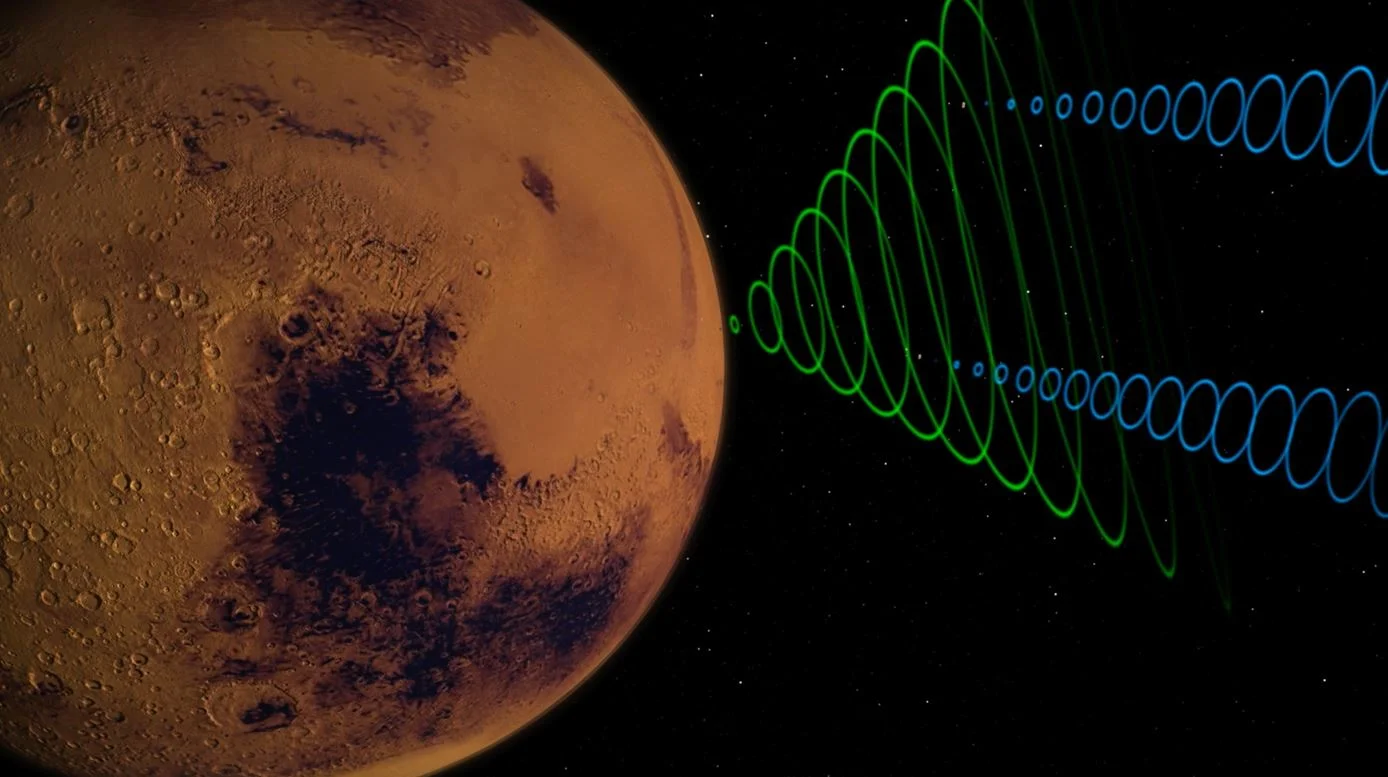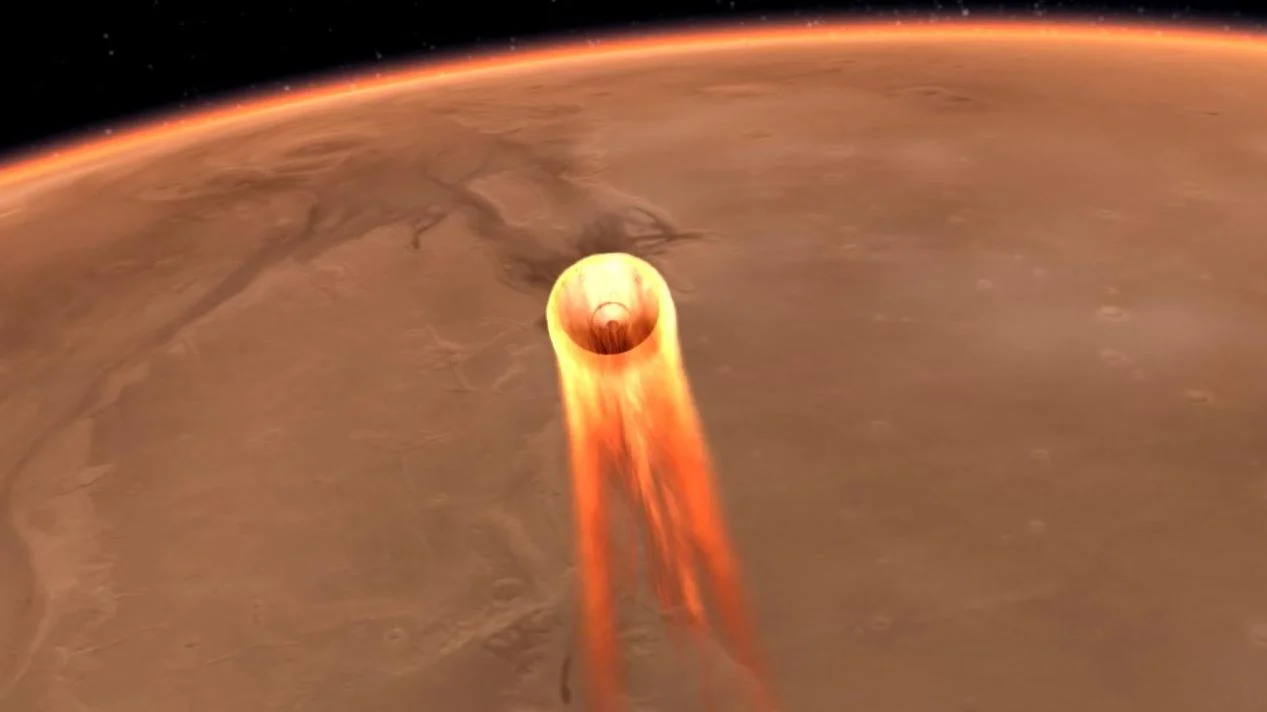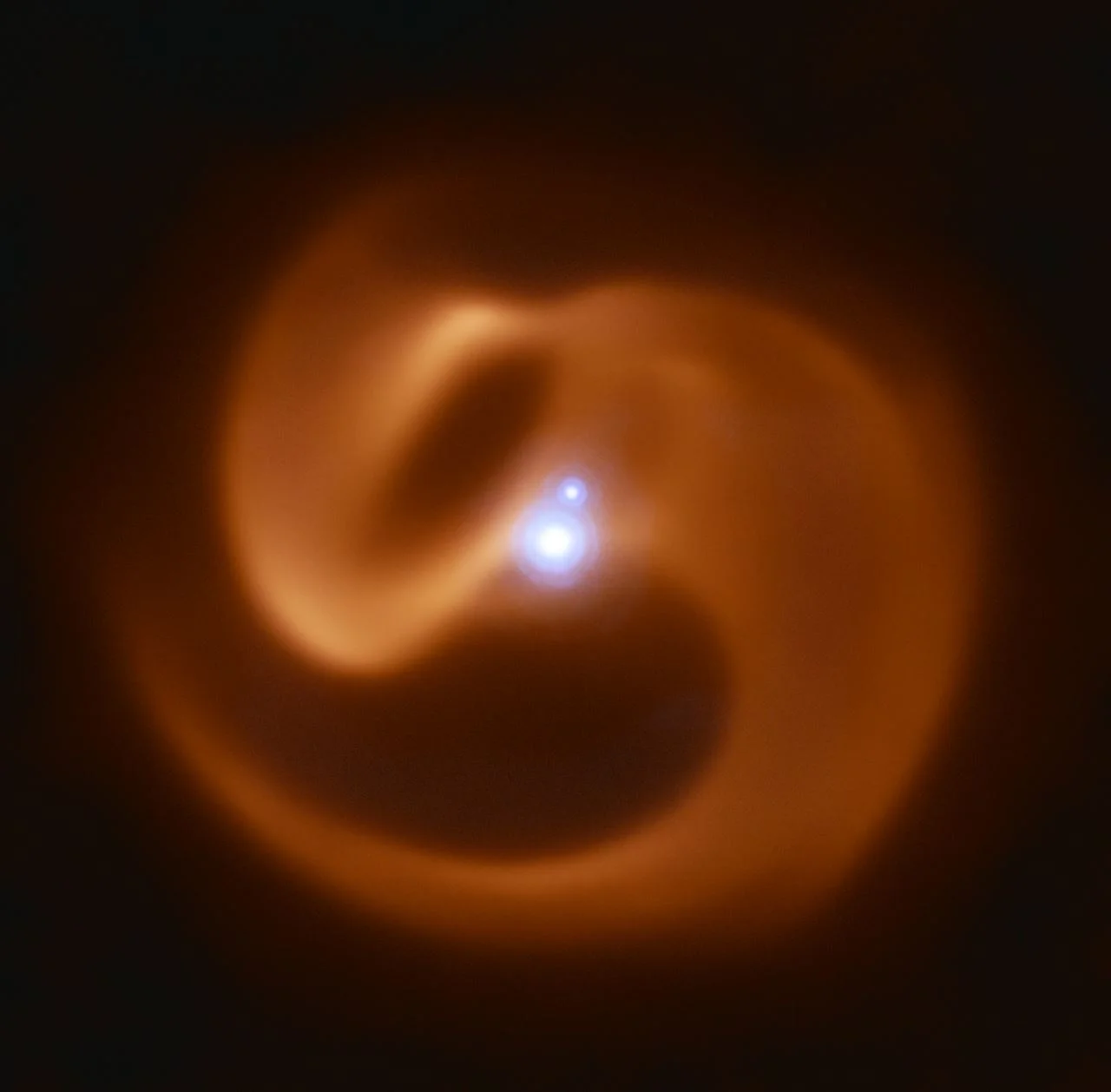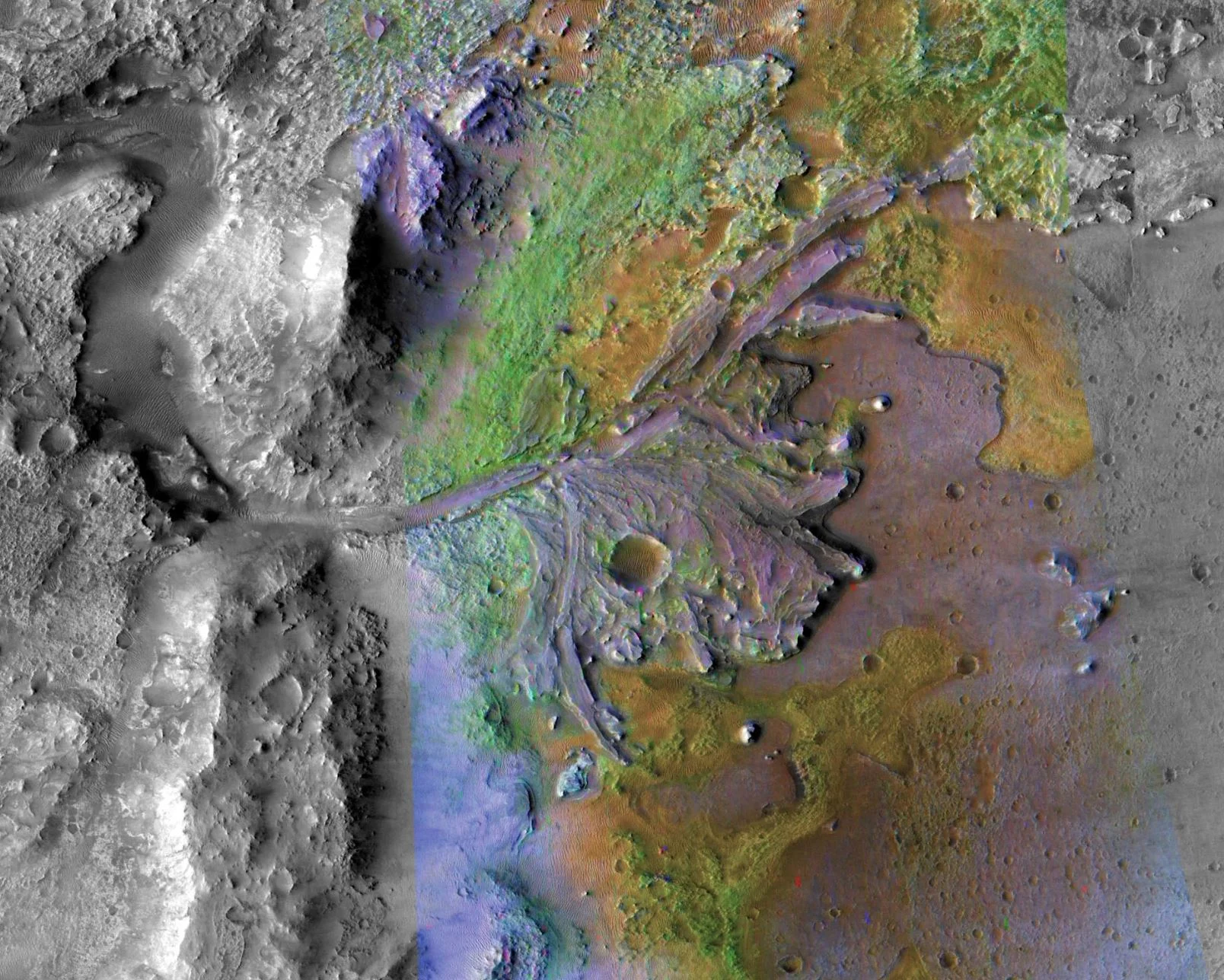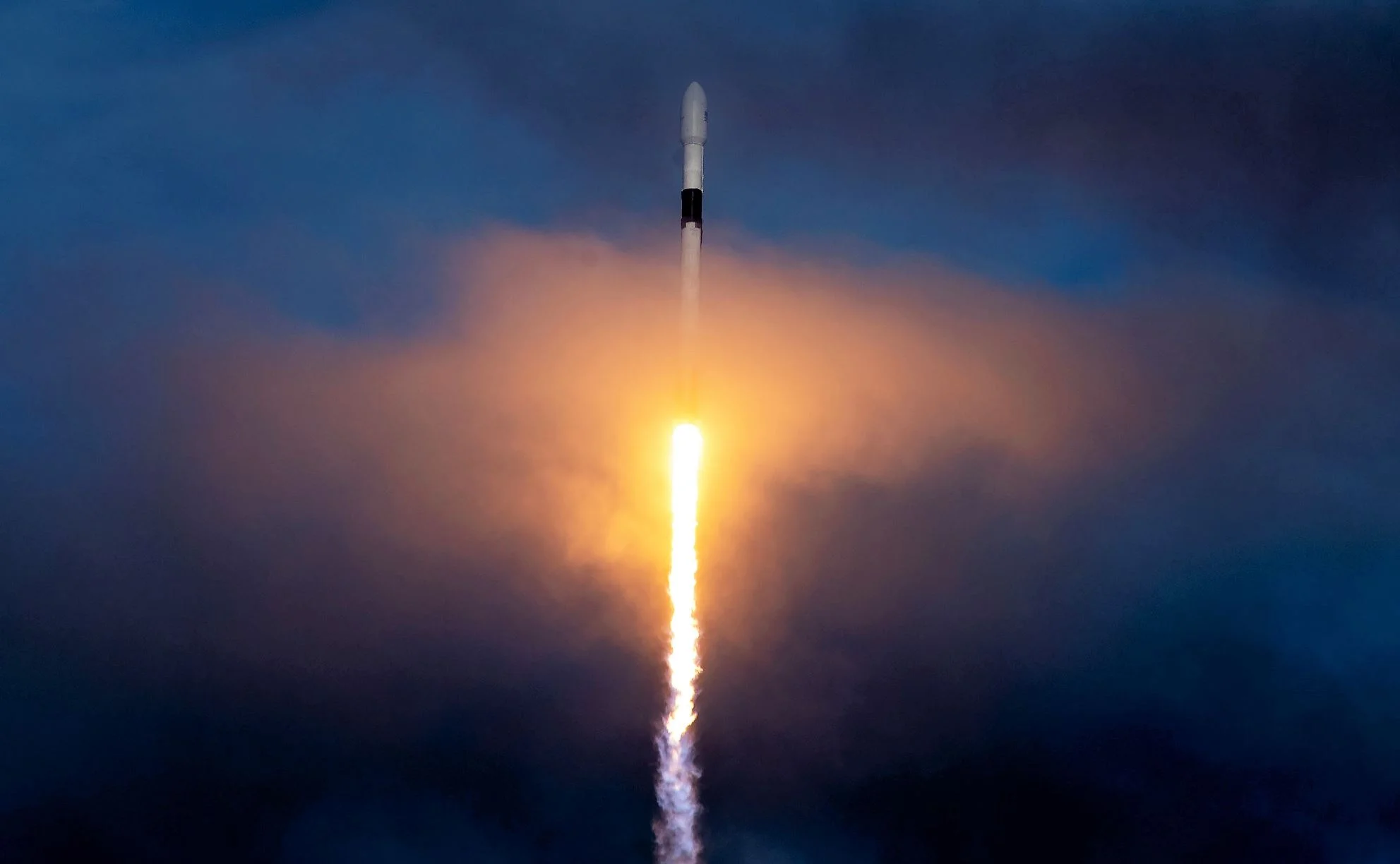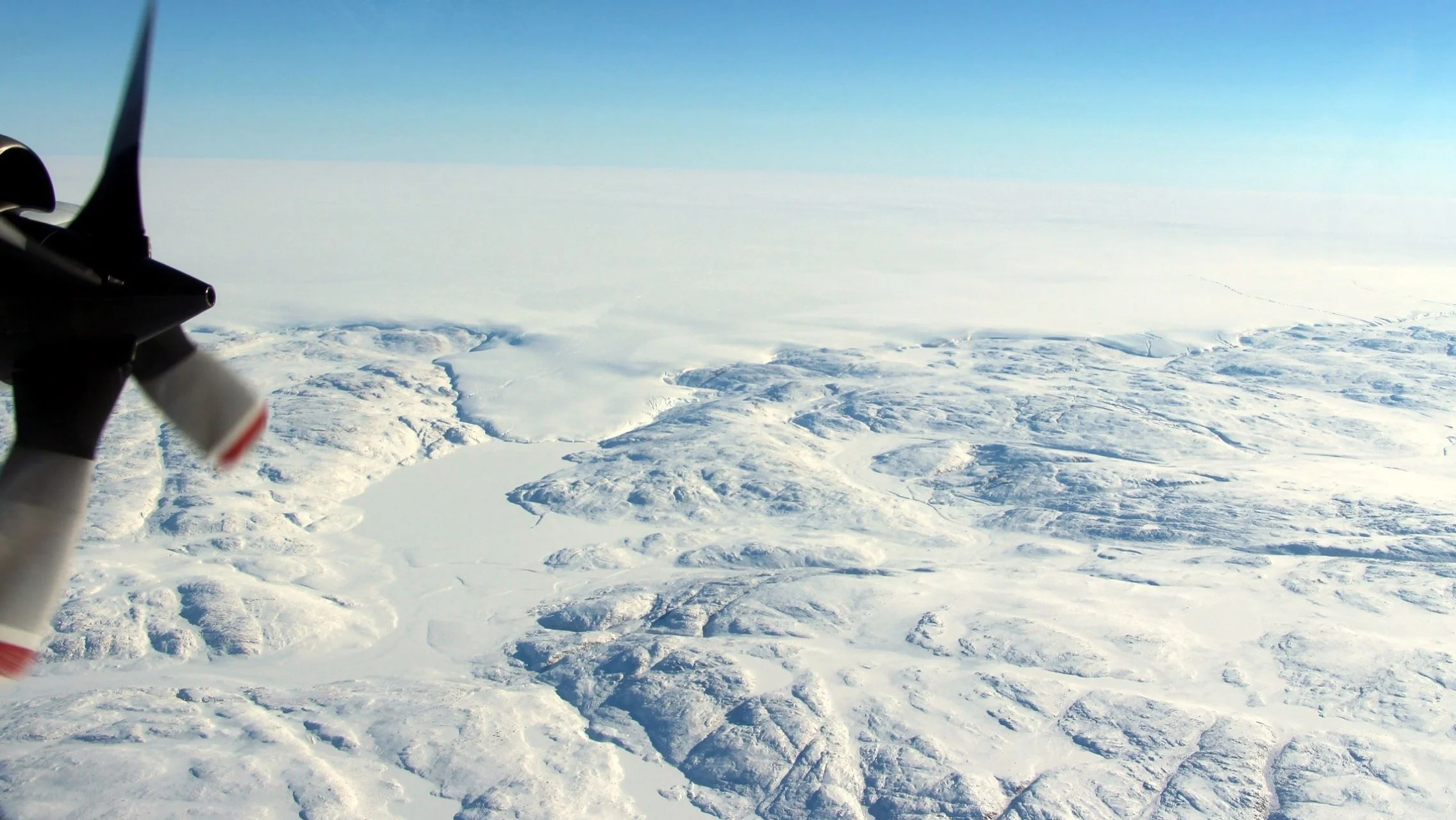Yesterday, NASA’s Mars InSight lander successfully touched down on the Martian surface after spending seven long months in space. Over the course of the next few hours, the lander began the surface operations phase of its mission, which involved deploying its solar arrays. The lander also managed to take some pictures of the surface, which showed the region where it will be studying Mars’ interior for the next two years.
Our long fascination with the journey to Mars
Hubble’s First Picture After Returning to Service. The Telescope is Fully Operational Again with Three Working Gyros
InSight Is Catching Rays on Mars
NASA's InSight has sent signals to Earth indicating that its solar panels are open and collecting sunlight on the Martian surface. NASA's Mars Odyssey orbiter relayed the signals, which were received on Earth at about 5:30 p.m. PST (8:30 p.m. EST). Solar array deployment ensures the spacecraft can recharge its batteries each day. Odyssey also relayed a pair of images showing InSight's landing site.
Ancient asteroid strike may explain Martian moon’s odd grooves
How we discovered that supermassive black holes can power enormous ‘galactic fountains’
A fountain in a garden pond could shoot a plume of water to roughly three metres in height. By comparison, the famous fountain on Lake Geneva launches a plume of water up to 140m into the air. Now imagine a fountain launched from the centre of a galaxy, with a supermassive black hole acting as the pump. How far do you think this plume would extend? The answer is over 100,000 light years.
What Two Planetary Siblings Can Teach Us About Life
NASA's Lucy in the Sky with … Asteroids?
A little over 4 billion years ago, the planets in our solar system coexisted with vast numbers of small rocky or icy objects orbiting the Sun. These were the last remnants of the planetesimals – the primitive building blocks that formed the planets. Most of these leftover objects were then lost, as shifts in the orbits of the giant planets scattered them to the distant outer reaches of the solar system or beyond. But some were captured in two less-distant regions, near points where the gravitational influence of Jupiter and the Sun balance, and have remained trapped there, mostly untouched, for billions of years.
Europe’s Vision of a Future Moon Base. Made out of Moon Dust
Exploding Stars Make Key Ingredient Found in Glass
We are all, quite literally, made of star dust. Many of the chemicals that compose our planet and our bodies were formed directly by stars. Now, a new study using observations by NASA's Spitzer Space Telescope reports for the first time that silica — one of the most common minerals found on Earth — is formed when massive stars explode.
Astronomers Unveil Growing Black Holes in Colliding Galaxies
Evidence of aliens? What to make of research and reporting on ‘Oumuamua, our visitor from space
How NASA Will Know When InSight Touches Down
NASA InSight Team on Course for Mars Touchdown
NASA's Mars Interior Exploration using Seismic Investigations, Geodesy and Heat Transport (InSight) spacecraft is on track for a soft touchdown on the surface of the Red Planet on Nov. 26, the Monday after Thanksgiving. But it's not going to be a relaxing weekend of turkey leftovers, football and shopping for the InSight mission team. Engineers will be keeping a close eye on the stream of data indicating InSight's health and trajectory, and monitoring Martian weather reports to figure out if the team needs to make any final adjustments in preparation for landing, only five days away.
ESO’s VLT captures details of an elaborate serpentine system sculpted by colliding stellar winds
What happens to the brain in zero gravity?
NASA has made a commitment to send humans to Mars by the 2030s. This is an ambitious goal when you think that a typical round trip will anywhere between three and six months and crews will be expected to stay on the red planet for up to two years before planetary alignment allows for the return journey home. It means that the astronauts have to live in reduced (micro) gravity for about three years – well beyond the current record of 438 continuous days in space held by the Russian cosmonaut Valery Polyakov.
NASA Announces Landing Site for Mars 2020 Rover
Abell 1033: To Boldly Go into Colliding Galaxy Clusters
SpaceX Gives More Details on how their Starlink Internet Service Will Work
For years, Elon Musk has talked about his plans to provide broadband internet access to the world using a constellation of satellites. Known as Starlink, this constellation was originally going to of nearly 12,000 low-cost satellites providing a terabit internet service. The first batch of these satellites is scheduled to launch in June of 2019, with the full constellation being deployed by the mid-2020s
An Unexpected Discovery Under Greenland Ice!
An international team of researchers, including a NASA glaciologist, has discovered a large meteorite impact crater hiding beneath more than a half-mile of ice in northwest Greenland. The crater — the first of any size found under the Greenland ice sheet — is one of the 25 largest impact craters on Earth, measuring roughly 1,000 feet deep and more than 19 miles in diameter, an area slightly larger than that inside Washington’s Capital Beltway

